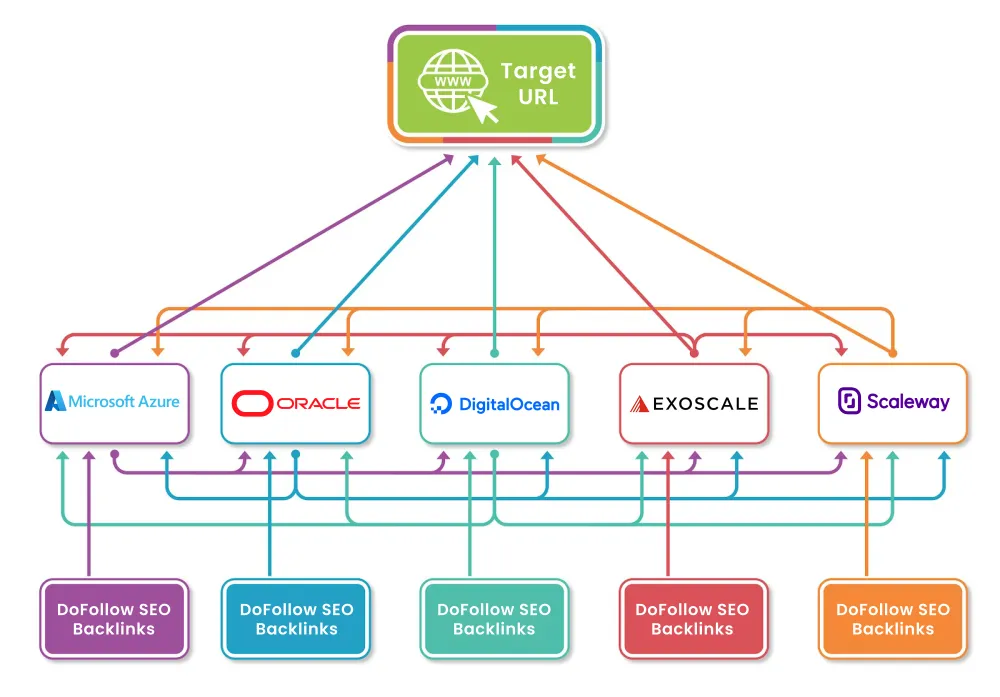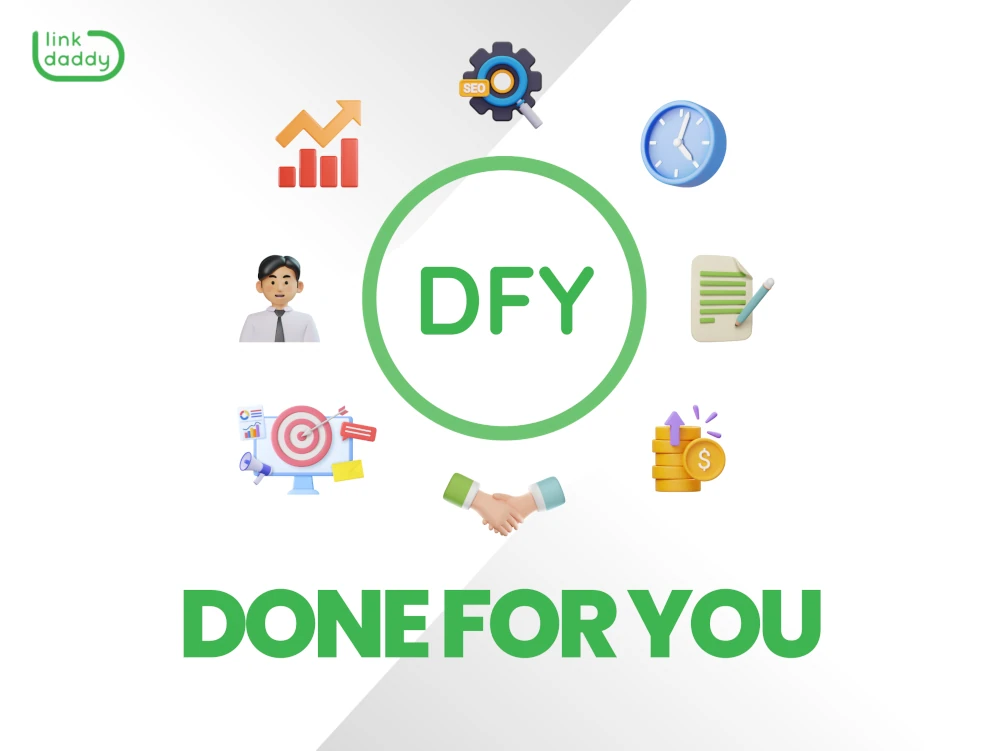LinkDaddy Cloud Services Press Release: Damaging News and Updates
Wiki Article
Comprehending the Various Kinds Of Cloud Services and Their Uses
In today's electronic landscape, the realm of cloud computing uses a varied array of services that cater to the demands of businesses and people alike. From Infrastructure as a Service (IaaS) to Software Application as a Service (SaaS), each kind of cloud solution serves a distinct function and offers unique benefits. Recognizing the differences between these various cloud designs is vital for maximizing procedures, boosting scalability, and making certain cost-efficiency in an increasingly interconnected world. By exploring the nuanced functionalities and applications of each cloud service, one can navigate the intricacies of cloud computer with accuracy and insight.Infrastructure as a Solution (IaaS)
Framework as a Solution (IaaS) supplies individuals with virtualized computing resources online on a pay-as-you-go basis. This cloud computer design delivers necessary IT facilities such as virtual equipments, storage space, and networking without the requirement for organizations to buy and manage physical web servers and information centers. With IaaS, users can scale sources up or down based upon their needs, providing flexibility and cost-efficiency.One of the crucial benefits of IaaS is its capability to quickly stipulation and release facilities components, enabling businesses to react rapidly to changing needs and market conditions. By contracting out infrastructure monitoring to the company, companies can focus extra on their core company tasks rather than dealing with the intricacies of hardware upkeep and upgrades.
Furthermore, IaaS supplies a high level of integrity and safety, with companies usually supplying robust information back-up, disaster recuperation, and cybersecurity measures. This assists ensure that important business procedures continue to be continuous and information continues to be safeguarded versus potential dangers. cloud services press release. On the whole, Infrastructure as a Service simplifies IT operations, boosts scalability, and reduces capital investment for organizations of all sizes
Platform as a Service (PaaS)
Structure upon the structure of Framework as a Solution (IaaS), System as a Service (PaaS) offers a detailed atmosphere for designers to produce, deploy, and manage applications without the complexities of underlying infrastructure monitoring. PaaS provides a system with devices and solutions that improve the development process, permitting programmers to concentrate on creating code and building applications rather than taking care of facilities problems.

Software Application as a Service (SaaS)
Software Application as a Service (SaaS) transforms the means businesses gain access to and make use of software program applications by supplying them on a registration basis with cloud companies. This cloud computer model eliminates the need for companies to maintain and install software application on individual tools, as every little thing is held and managed centrally in the cloud.SaaS offers a cost-efficient service for companies as they just pay for the software application they utilize without the added costs of equipment maintenance or software application updates. It also provides scalability, permitting companies to conveniently adjust their software application needs based upon their demands.
Furthermore, SaaS applications can be accessed from any kind of tool with a web link, promoting collaboration and adaptability among remote teams. Protection is a leading priority in SaaS, with companies carrying out durable measures to protect information kept in the cloud.
Popular examples of SaaS include client partnership administration (CRM) software program like Salesforce, performance tools like Microsoft Office 365, and cooperation systems like Google Office. SaaS continues to get grip in business world as a result of its scalability, benefit, and cost-efficiency.
Feature as a Service (FaaS)
With the development of cloud services like Software program as a Solution (SaaS) improving software shipment, Function as a Service (FaaS) represents a standard change in exactly how code is carried out in a serverless atmosphere. FaaS enables developers to compose and perform individual functions or pieces of code in feedback to particular events without the requirement to take care of the framework. This serverless computing model allows designers to concentrate only on creating code to apply details performances, without worrying themselves with the underlying facilities or server monitoring.One of the key benefits of FaaS is its capability to range immediately based on the incoming workload. Features are executed in stateless containers that are rotated up and down as needed, making certain optimal resource usage and cost-effectiveness. FaaS is specifically advantageous for event-driven and microservices designs, where code execution is set off by occasions such as HTTP requests or data source updates. By abstracting the framework layer, FaaS streamlines advancement, accelerates time to market, and boosts general dexterity in releasing cloud-native applications.
Storage as a Service (STaaS)
An essential part in cloud computer, Storage space as a Service (STaaS) offers individuals with a scalable and reliable service for handling information storage space needs. STaaS allows organizations to store and get data from remote web servers using the internet, getting rid of the demand for on-premises equipment. This service offers versatility by making it possible for users to pay only for the storage space they utilize, making it a cost-effective service for businesses of all sizes.
STaaS is particularly helpful for organizations with rising and fall storage space needs, as it provides a dependable and protected storage service without the requirement for substantial ahead of time financial investments. By leveraging STaaS, companies can streamline their data management processes, improve accessibility, and boost information safety in a cost-effective manner.

Verdict
In final thought, recognizing the various kinds of cloud solutions and their usages is important for services and people looking to utilize the advantages of cloud computing. By utilizing the right cloud service, organizations can enhance their effectiveness, scalability, and versatility in handling their IT facilities and applications.From Framework as a Service (IaaS) to Software Application as a Solution (SaaS), each kind of cloud solution serves a distinct function and gives distinctive advantages. universal cloud Service. By exploring the nuanced functionalities and applications of each cloud solution, one can navigate the complexities of cloud computer with accuracy and insight
With the evolution of cloud services like Software as a Service (SaaS) simplifying software distribution, Feature as a Solution (FaaS) stands for a linkdaddy cloud services paradigm change in how code is executed in a serverless atmosphere.In verdict, understanding the different types of cloud services and their uses is essential for individuals and businesses looking to utilize the advantages of cloud computing. By utilizing the right cloud solution, organizations can enhance their efficiency, scalability, and adaptability in handling their IT framework and applications.
Report this wiki page